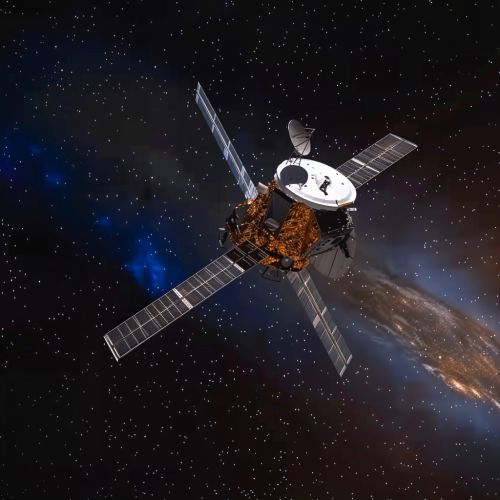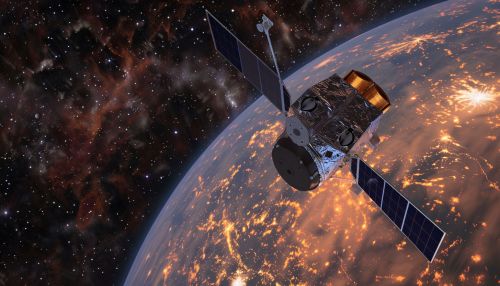TESS
Overview
The Transiting Exoplanet Survey Satellite (TESS) is a space-based astronomical mission designed to detect exoplanets in orbit around the brightest stars in the sky. Launched by National Aeronautics and Space Administration in 2018, TESS is part of NASA's Explorer program, a series of low-cost, scientifically focused missions.


Mission Objectives
The primary goal of TESS is to identify exoplanets, which are planets outside our solar system, using the transit method. This method involves observing the minute dimming of a star's light as an exoplanet passes in front of it. TESS is particularly focused on finding Earth-sized and super-Earth-sized planets in the habitable zones of their host stars, where conditions might be right for liquid water - and therefore life - to exist.
Design and Instruments
TESS is equipped with four wide-field-of-view CCD cameras, which together can monitor over 85% of the sky. Each camera has a 16.8-megapixel sensor and a lens assembly with a 100mm effective pupil diameter. The cameras are arranged to provide a continuous view of a strip of sky, known as an observation sector. TESS observes each sector for 27 days before rotating to the next one, covering the entire sky in about two years.
Observations and Discoveries
Since its launch, TESS has discovered a number of exoplanets. These include a variety of types, from rocky Earth-sized planets to gas giants larger than Jupiter. Some of the most notable discoveries include TOI 700 d, an Earth-sized planet in its star's habitable zone, and Pi Mensae c, a super-Earth orbiting a bright yellow dwarf star.
Future Plans
TESS completed its primary mission in July 2020, having surveyed nearly the entire sky for exoplanets. In its extended mission, TESS is continuing to search for exoplanets, while also observing phenomena such as stellar oscillations, flares, and comets in our own solar system. The data collected by TESS will be used to select targets for more detailed study by future missions, such as the James Webb Space Telescope.
